Are your gauges and power windows suddenly stopped working, and do you want to know why and what you can do to fix it? You’ve come to the right place, for we have researched this question, and we have the answer for you.
There are two situations where this problem can happen. If your car also won’t start, then it is a problem with your car’s power supply. However, if it happens even though you can start your car without a problem, then it is an issue with the components of your car’s electrical circuit.
We’ll dive into these two situations deeper in the succeeding sections. And we’ll talk about what you can do in each situation.
Read on!
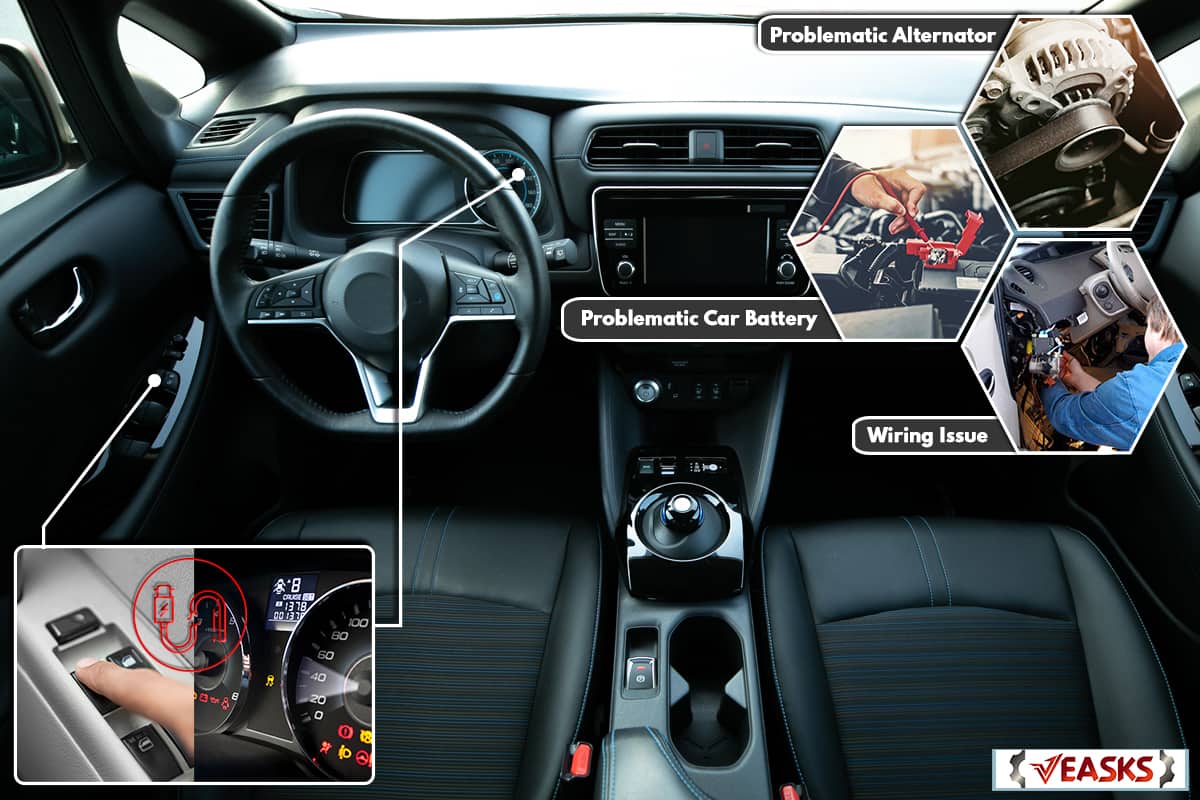
Problem Starting Your Car
If your car will not start and your power windows and gauges are not working, then you have a power supply problem. This could be a problem with the car battery or with the alternator. Let’s take a closer look at each one below.
Problematic Car Battery
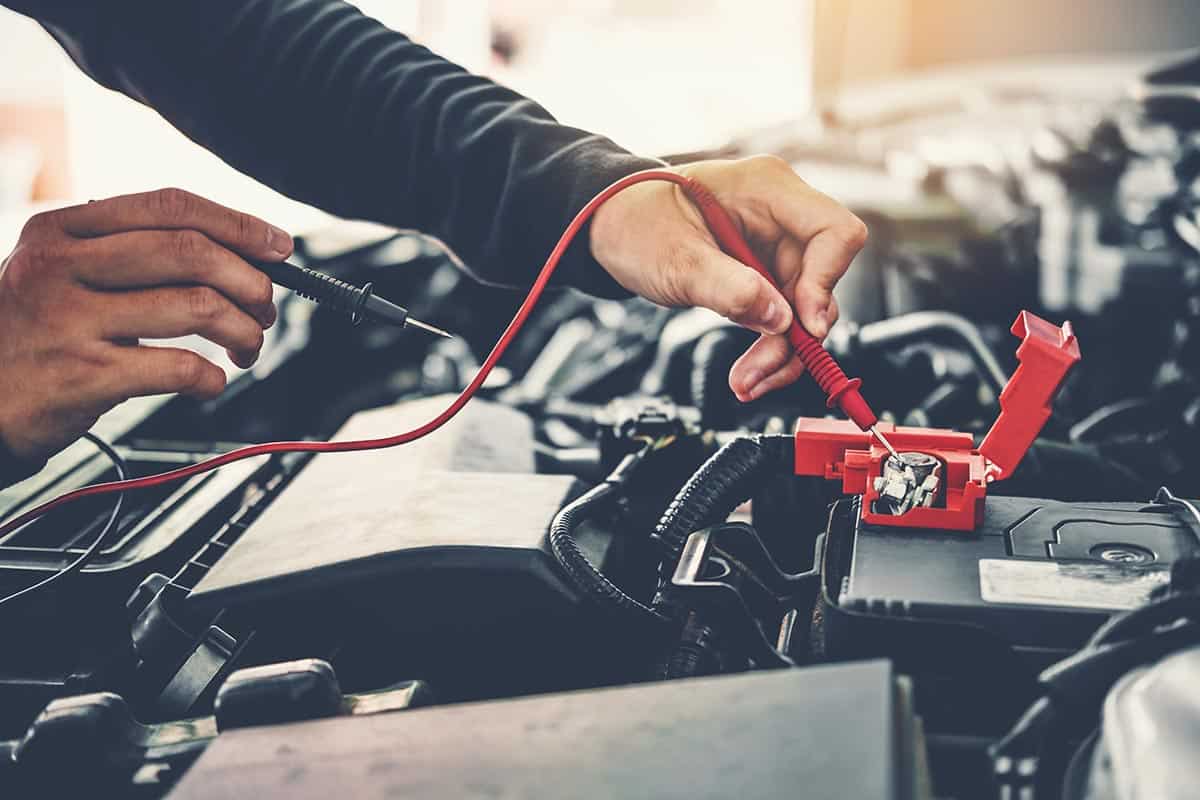
The car battery performs two functions for your car. First, it supplies the large amount of electrical energy that your starter motor needs to start your car’s engine. Second, it supplies the electrical energy that your car needs so that electronic parts like power windows and gauges will work while the engine is not running.
When you first notice the power windows and the gauges not working, the first thing you need to check is whether you can still start the engine or not. If you can no longer start the engine, then chances are, your headlamps or radio will also not work.
This means your battery does not have enough charge to start the engine—or anything else in your car that requires electrical energy.
Aging Battery
You can expect your battery to work without issues for three years under normal usage. It will start to become unreliable in the fourth year. It is best to replace your battery before it becomes problematic.
A failing battery can negatively affect the service life of your starter motor, spark plugs, and other related electrical components.
A car battery’s ability to hold a charge diminishes as it ages. In its fourth year, it could be too weak to provide the right voltage that the various electrical components of your car need to work properly.
The only way to fix an old battery is to replace it with a new one.
Corrosion On Battery Terminals
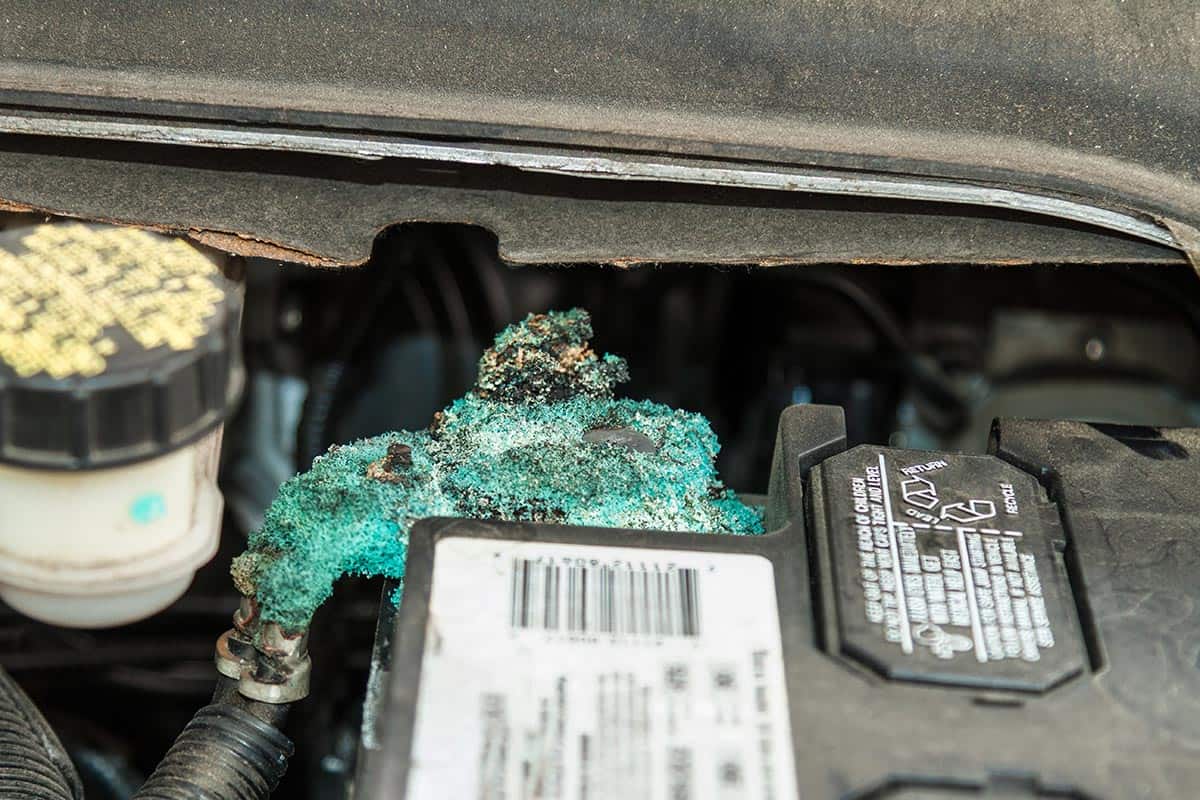
Corrosion reduces the conductivity of metals. What this means is that corrosion build-up in the terminals of your car battery will make the terminals less effective in transmitting electrical energy. Corrosion can starve the electrical components of electrical energy.
To make it worse, corrosion in the terminals will make charging ineffective. This means that your car battery will lose more energy than it gets back. Thus, your car battery will eventually lose its charge.
Check the battery terminals for corrosion. If you find any corrosion, use a battery terminal cleaning brush, wire brush, or battery cleaner to remove the corrosion. Then, spray some contact cleaner to get rid of any corrosion and dirt residue and protect the terminal.
If the corrosion on your battery terminals keeps recurring, you might have to replace both the battery and the wiring.


CRC Battery Cleaner with Acid Indicator is available on Amazon through this link.


CRC QD Electronic Cleaner is available on Amazon through this link.
Usage Error
Another reason for having a problematic battery is unbalanced usage. What this means is that you are using your car for short trips at low speeds, then you have many components that run at the same time.
An example is driving to a nearby store while playing loud music, running the AC, and you have your phone and notebook on charge. Your car running at low speed might not be able to provide all the electrical power demand. Thus, it will draw from your battery.
And the low speed is not enough to get back what the battery lost.
If you’re going to drive your car for short distances and at slow speeds, you should consider reducing the electrical draw on your car.
Short-distance driving makes you start your car a lot more and draw a lot of battery power without giving your car the time to charge the battery back to the normal level.
Problematic Alternator
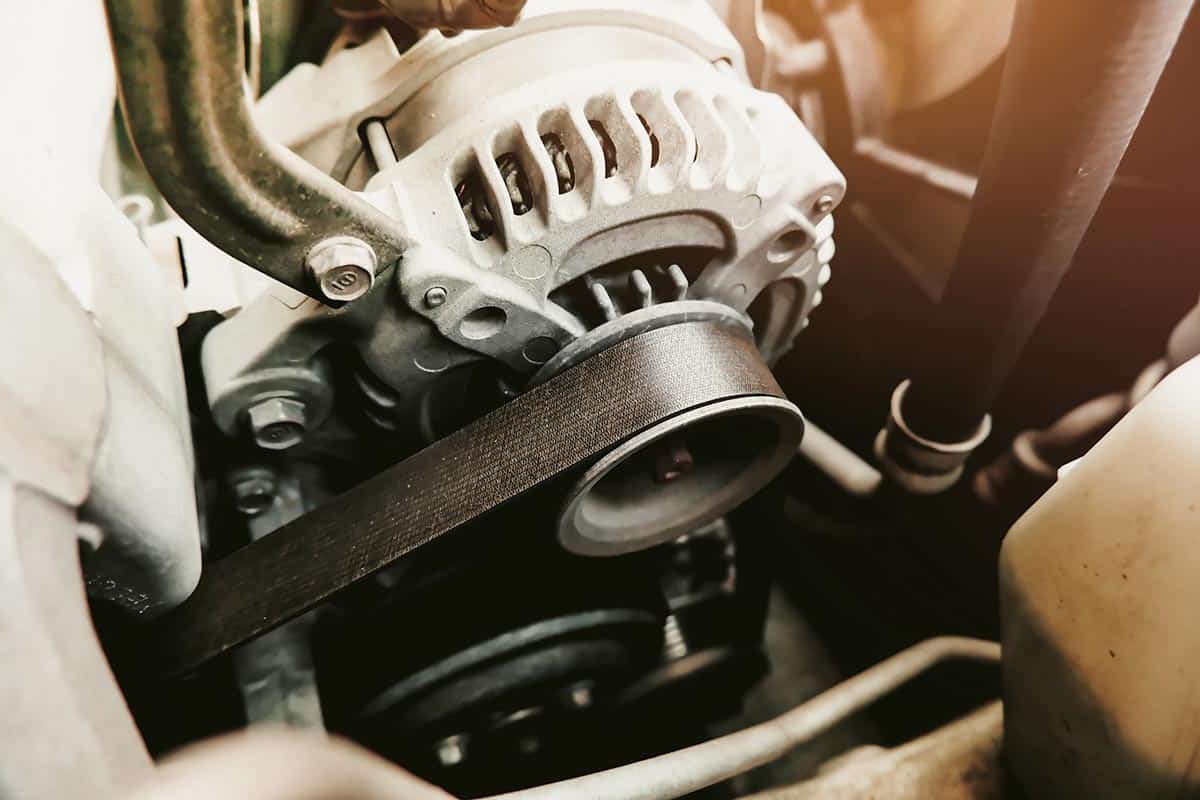
Remember the two functions of a car battery? Under normal circumstances, it is no longer in charge of supplying electrical energy when the car is already running.
When the car’s engine is running, the alternator takes over the task of producing enough electrical energy for your car and the devices that need electrical power. However, the amount of energy that it can provide is dependent on the speed that the engine is running. And even then, there is a maximum limit to what it can produce.
To provide the electrical energy that the car needs, the alternator converts the mechanical energy from the car’s engine into electrical energy.
Dead Battery
When you have a new car battery, yet it suddenly cannot start your car, then the chances are high that the alternator is failing.
The alternator is responsible for charging your battery while you drive. If you end up with a battery without charge, then that is a sign that the alternator can no longer charge the battery. If this is the case, then you might need to replace your alternator.
Aging Alternator
An alternator lasts an average of seven years. If your alternator is already around that age or more, then it might already be failing due to normal wear.
The alternator will start to produce less and less power as it ages. Thus, if your power windows and gauges stop working while you’re driving then it might be time to say goodbye to your old alternator.
Battery Or Alternator?
Although it could be both, you can check which one is starting to fail.
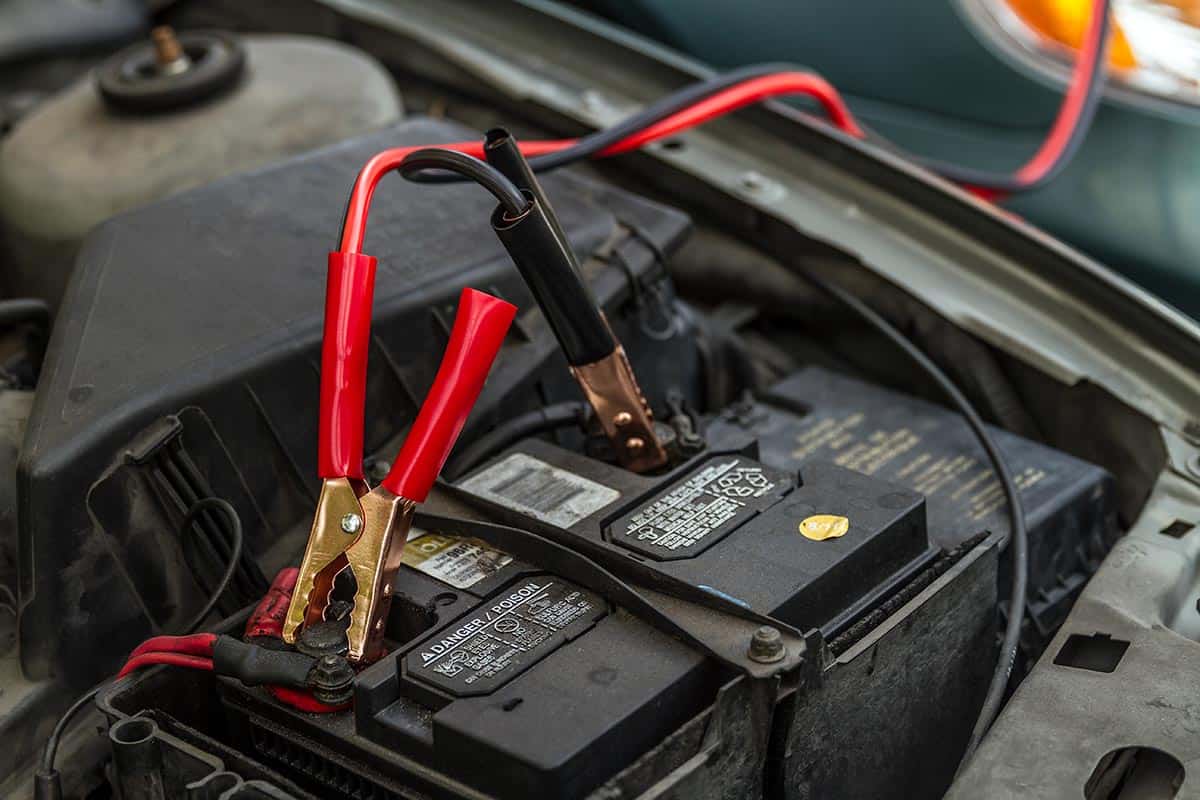
After you jumpstart your car with another battery or a battery booster, rev up your engine for a few seconds and then wait. If your car shuts down after a few minutes, then the alternator is bad. If your car stays on after a few minutes and you can drive it, then the problem is the battery.


NOCO Boost Plus GB40 1000 Jump Starter Box is available on Amazon through this link.
No Problem Starting Car
If you have no problem starting your car, then the problem with your power windows and gauges is not from the battery or the alternator. The problem lies somewhere in the circuit that goes to your power window and gauges.
Shorted Fuse
The first thing you should check is the fuse.
Check the car’s user manual to locate the fuse block. Next, look for the location of the fuse for the power window and the gauges.
Check the fuses for these two. If you see a broken filament in the fuse, then you simply need to replace the fuse to make them work once more. Replace the fuse if it looks worn even though there is no broken filament.
Alternatively, you can use a fuse tester to check if the fuses are still ok.


Car Blade Fuses Assortment Kit is available on Amazon through this link.


BOAK Automotive Fuse Tester is available on Amazon through this link.
Wiring Issue
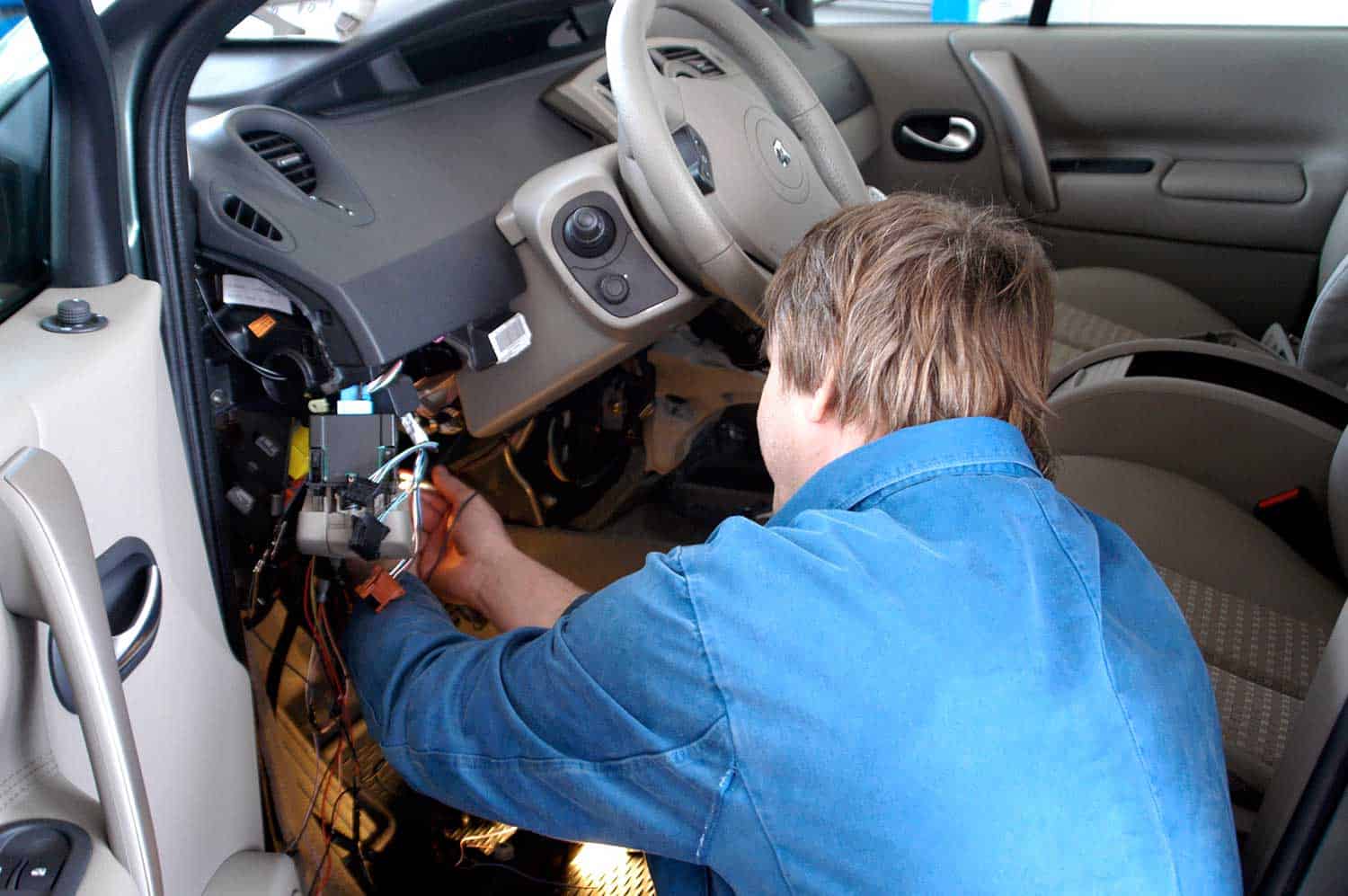
If the power windows and the gauges still don’t work after you install new fuses, then the problem could be with the electrical wiring. This is usually the case if every other electrical component in your car is working, like the AC or lights.
Have a mechanic check the individual wiring for your power windows and gauges until he finds the problem. This will likely lead to a rewiring.
Ignition Issue
The ignition switch on your car enables the flow of electrical energy from the car battery to the electrical devices of your car.
A problem with the ignition switch could prevent it from activating the circuit. Thus, electrical devices will fail to get the electrical energy that they need despite the ignition switch being at the “On” position. This could be a problem with the lock cylinder inside the ignition switch assembly.
Bring your car to a mechanic to replace the ignition switch assembly. Replacing the assembly should also rewire the connection of the circuits to the ignition switch, and this should fix the issue.
Conclusion
When the power windows and the gauges stop working, that means you have a power problem in your car. All power problems can be caused by either the power source or delivery mechanism.


![Portrait of middle aged bearded truck driver standing by the truck and showing his commercial driver license. Focus on CDL license. Truck driving school and job openings, Do You Need A CDL To Drive A Box Truck [By State]](https://veasks.com/wp-content/uploads/2022/11/PORTRA1-600x400.jpg)
